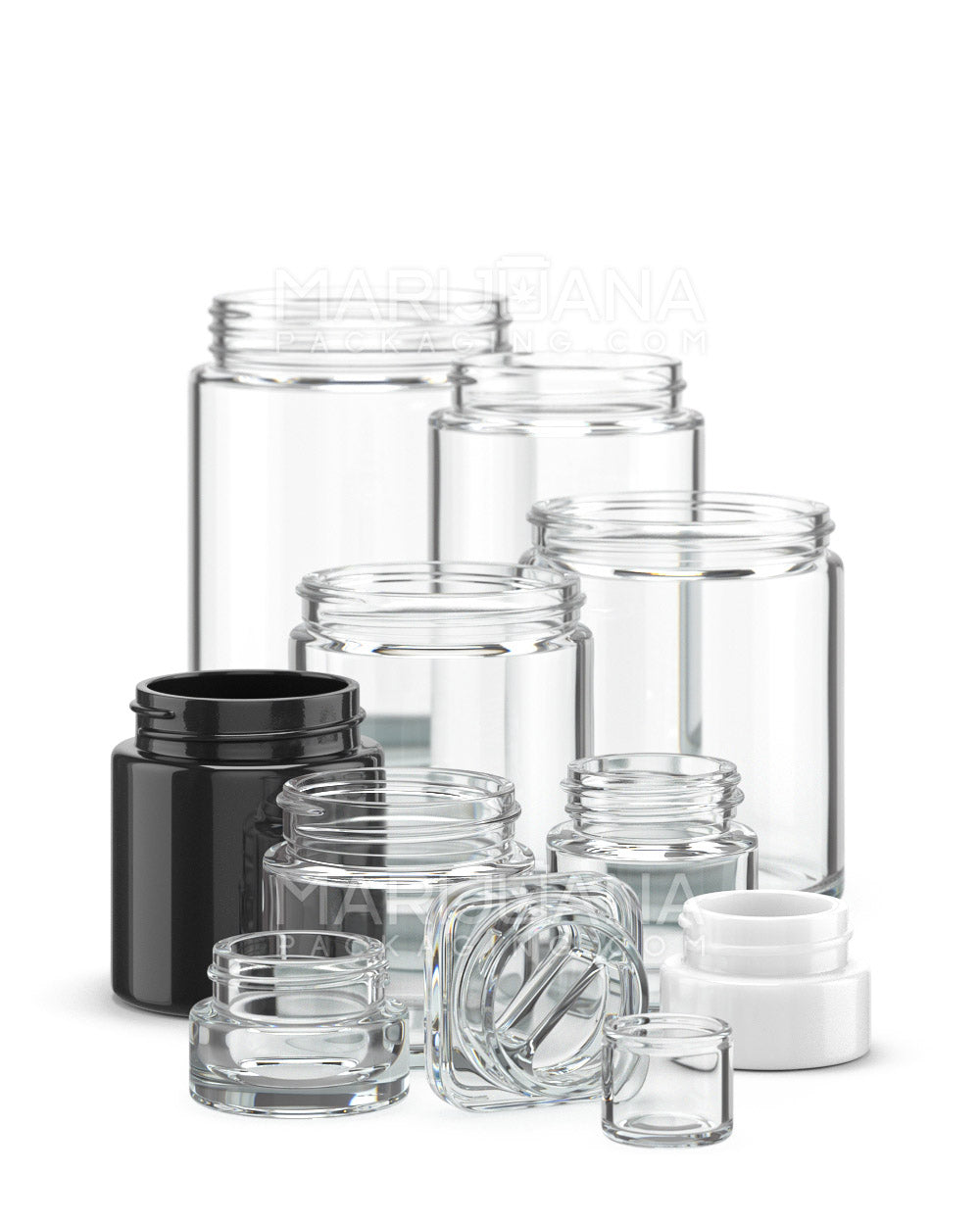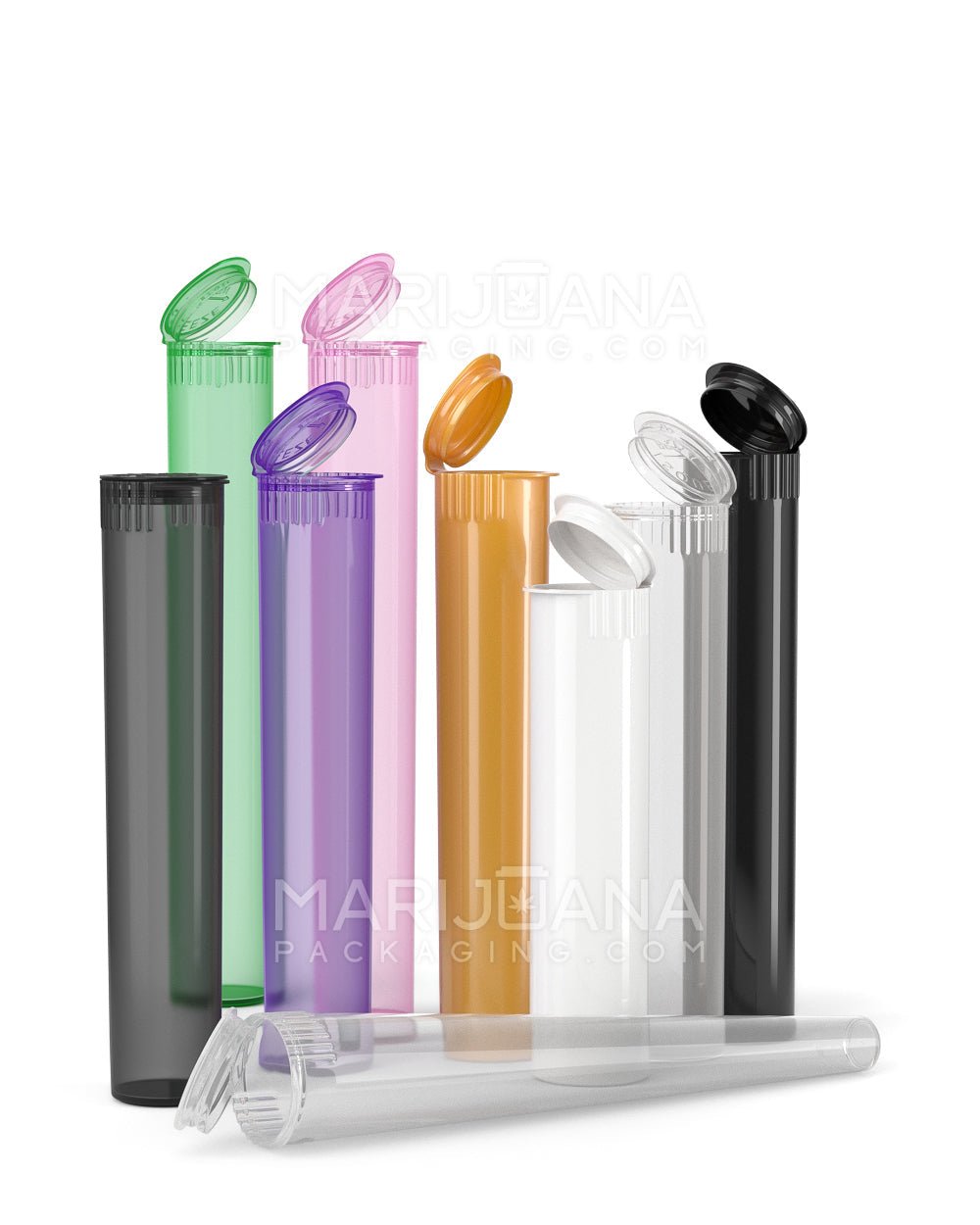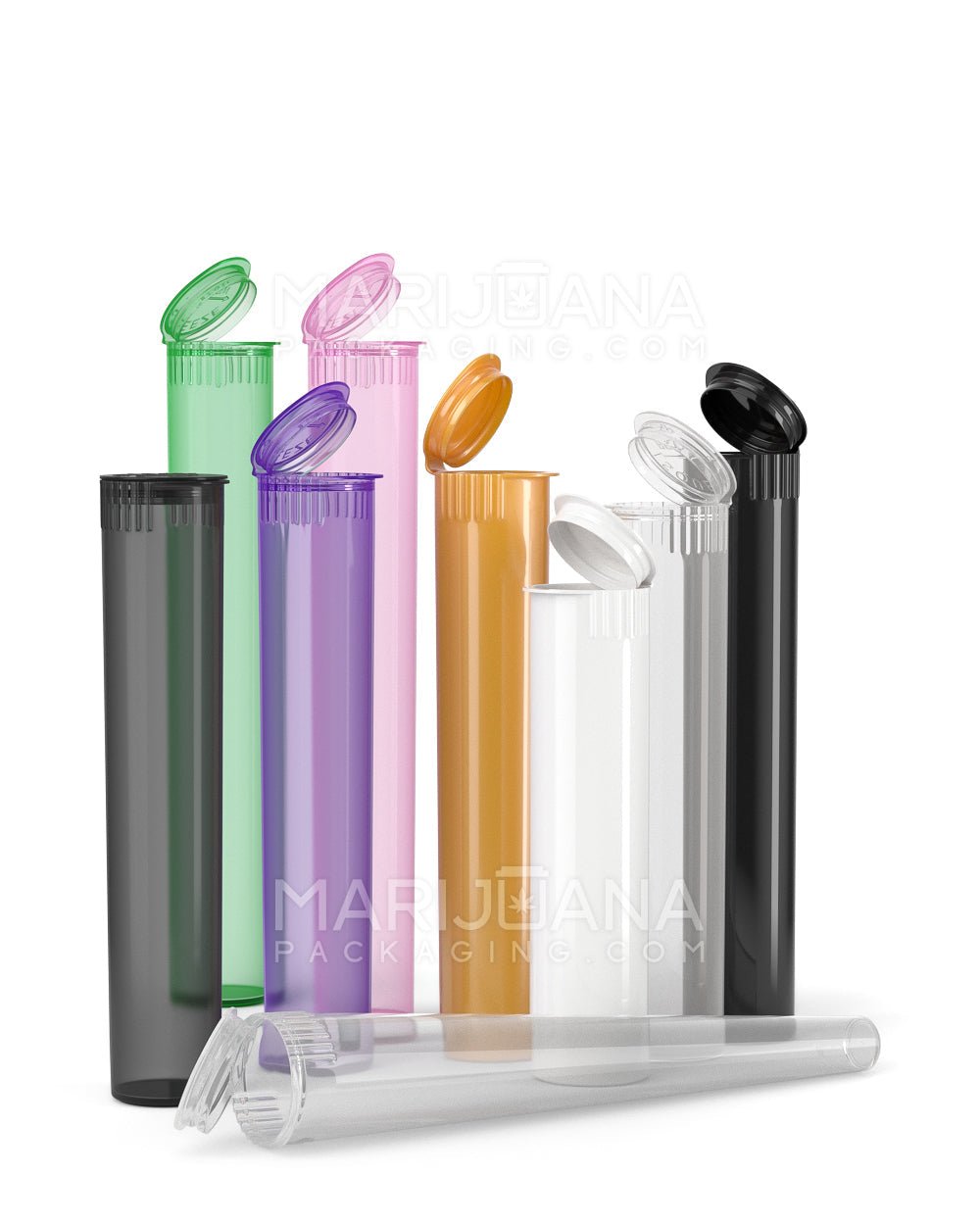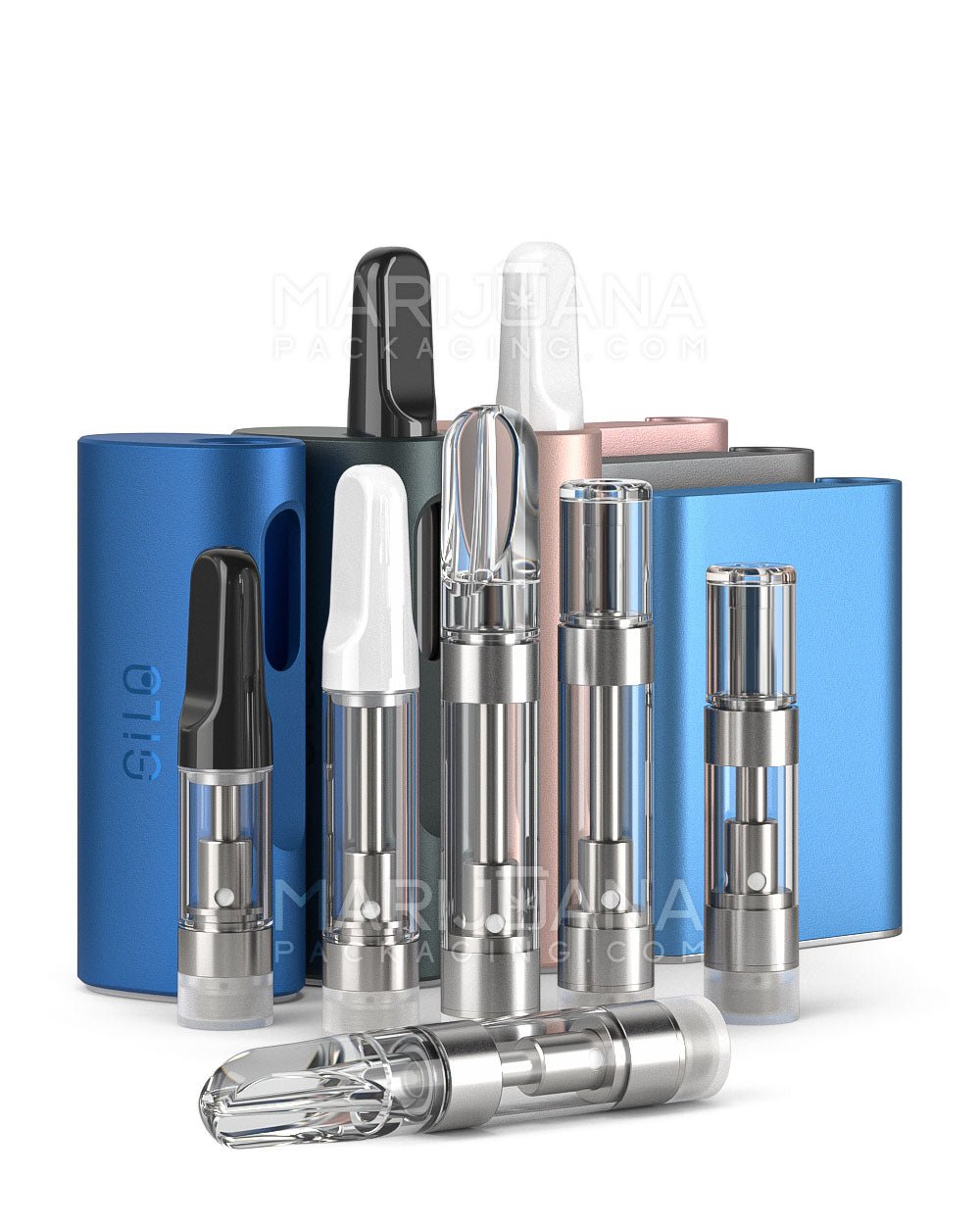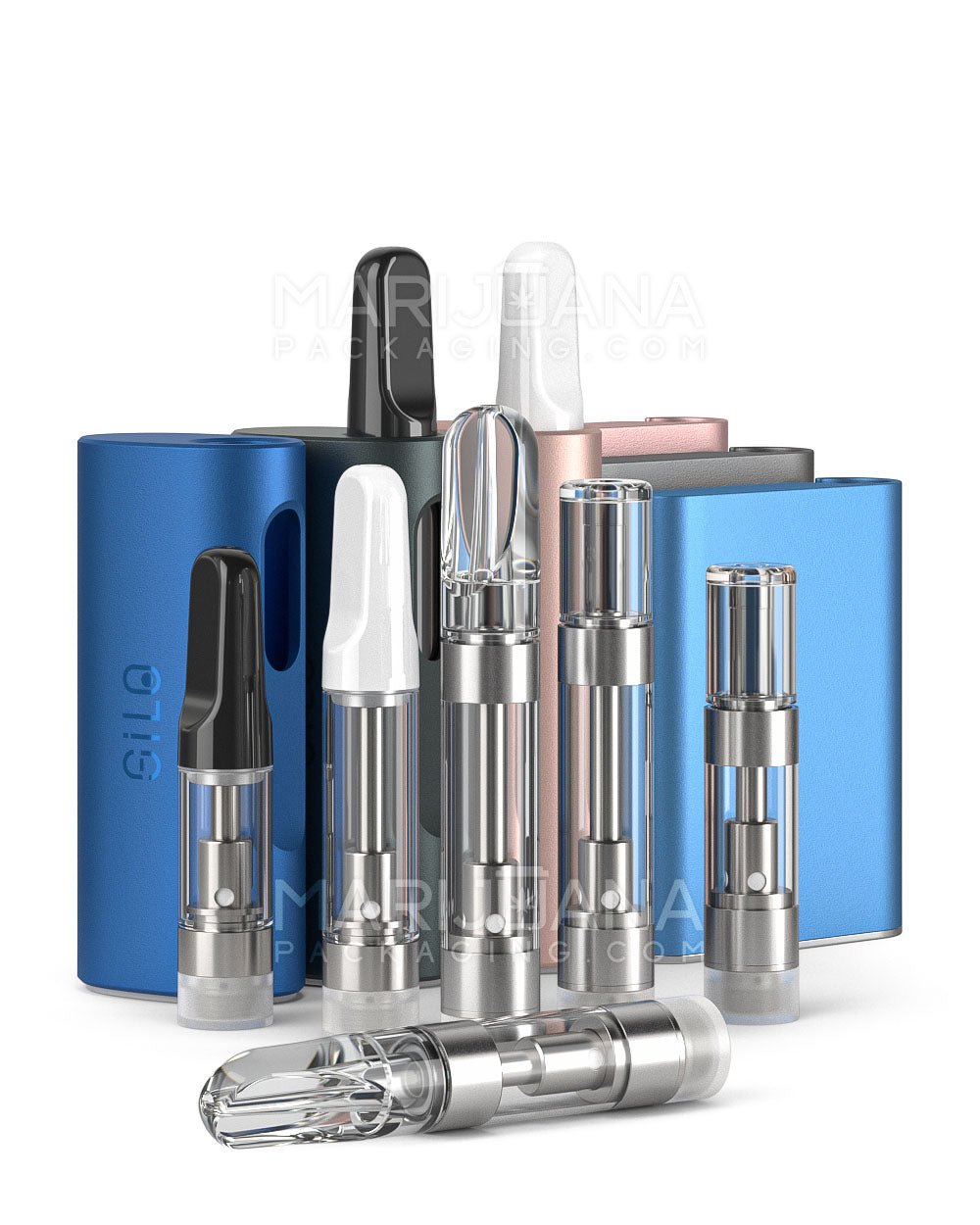Growing marijuana outdoors in Michigan might sound like a daunting task, but with the right approach, it can become a rewarding and enjoyable endeavor. Michigan's climate presents some unique challenges and opportunities for outdoor cultivation, which makes it essential to understand how to make the most of this environment.
In this guide, we'll cover everything you need to know about growing marijuana outdoors in Michigan, from selecting the right strains and preparing your site to harvest and store your cannabis. Whether you're a seasoned grower or just starting out, these insights will help you cultivate a successful crop.
Choosing the Right Strains for Michigan's Climate
The first step in growing marijuana outdoors in Michigan is selecting the right strains. Michigan's climate is characterized by cold winters and relatively warm, humid summers. This means you need strains that can handle both the temperature fluctuations and potential humidity.
Look for strains that have a shorter flowering period. Indica-dominant strains or hybrids are often a good choice because they tend to mature faster than sativas. Some popular strains for Michigan include:
- Northern Lights: Known for its resilience in cooler climates and short flowering time.
- Blueberry: A hardy plant that produces a high yield and is resistant to mold and pests.
- Durban Poison: While sativa, it has a relatively short flowering period and offers a good yield.
When selecting your seeds, consider purchasing from reputable seed banks that provide detailed information about the strain's characteristics, including its suitability for outdoor growing in cooler climates.
Finding the Perfect Spot for Your Plants
Once you've selected your strains, the next step is to find a suitable location for your plants. In Michigan, it's vital to choose a spot with plenty of sunlight. Aim for an area that receives at least 6-8 hours of direct sunlight per day.
Consider the following when selecting your site:
- Sunlight: Look for a south-facing location, as it will receive maximum sunlight throughout the day.
- Wind Protection: While some airflow is beneficial, excessive wind can damage your plants. Consider planting near a natural windbreak such as a row of trees or a fence.
- Privacy: Ensure your plants are not visible from public areas to comply with legal regulations and to avoid unwanted attention.
Once you've chosen your spot, you may need to prepare the soil to ensure it has the right nutrients and drainage for your plants to thrive. Consider testing the soil's pH and nutrient levels, then amend as needed with organic matter or fertilizers.
Preparing the Soil for Optimal Growth
Healthy soil is the foundation of a productive marijuana garden. Michigan's soil can vary significantly, so it's important to test and amend it to ensure it supports your plants' needs.
Here are some steps to prepare your soil:
- Test the Soil: Use a soil test kit to determine the pH and nutrient levels. Cannabis prefers a slightly acidic pH of 6.0 to 6.8.
- Amend the Soil: Based on your soil test results, add organic matter like compost or well-rotted manure to improve soil structure and nutrient content. You may also need to add lime to raise the pH or sulfur to lower it.
- Ensure Good Drainage: Cannabis plants dislike wet feet, so make sure your soil drains well. If necessary, create raised beds or add sand to improve drainage.
By ensuring your soil is rich in nutrients and has good drainage, you'll set a solid foundation for your plants to grow robustly and produce a bountiful harvest.
Planting and Caring for Your Cannabis
Once your soil is ready, it's time to plant your cannabis. Timing is crucial, so wait until after the last frost date in your area to plant your seeds or seedlings. In Michigan, this is typically around mid-May.
Here’s how to plant and care for your cannabis:
- Planting Seeds: Start seeds indoors a few weeks before the last frost. Once seedlings are strong enough, transplant them outdoors.
- Watering: Water your plants deeply but infrequently to encourage deep root growth. Avoid overwatering, as it can lead to root rot.
- Feeding: Use a balanced fertilizer to provide your plants with essential nutrients. You can use a general-purpose fertilizer or one specifically formulated for cannabis.
Regularly inspect your plants for signs of pests or diseases and address any issues promptly. Consider using organic pest control methods to protect your plants without harming the environment.
Managing Pests and Diseases
Outdoor cannabis plants are susceptible to pests and diseases, which can affect your yield if not managed properly. Common pests in Michigan include aphids, spider mites, and caterpillars.
Here are some tips for managing pests and diseases:
- Regular Inspections: Check your plants regularly for signs of pests or disease. Look for discolored leaves, holes, or webbing.
- Natural Predators: Encourage beneficial insects like ladybugs or predatory mites that can help control pest populations.
- Organic Treatments: Use organic sprays like neem oil or insecticidal soap to treat infestations. Always follow label instructions to avoid harming your plants.
By staying vigilant and addressing issues quickly, you can minimize the impact of pests and diseases on your crop.
Understanding Michigan's Marijuana Laws
Before you start growing marijuana in Michigan, it’s important to understand the legal landscape. Michigan legalized recreational marijuana in 2018, but there are still regulations to follow.
Here are some key points to consider:
- Personal Cultivation: Adults 21 and over can grow up to 12 plants per household for personal use.
- Privacy Requirements: Plants must be grown in a secure location that is not visible from public areas.
- Harvest and Storage: You can possess up to 2.5 ounces of usable marijuana in public and 10 ounces at home.
Staying informed about Michigan's marijuana laws will help you grow legally and avoid any potential legal issues.
Harvesting Your Cannabis
Knowing when and how to harvest your cannabis is crucial to achieving the best possible quality and potency. Harvest time in Michigan typically falls around late September to early October, depending on the strain and weather conditions.
Here’s what to look for when deciding to harvest:
- Trichome Color: Use a magnifying glass to inspect the trichomes (tiny, crystal-like structures on the buds). Harvest when most are milky white with some turning amber.
- Pistil Color: Look for pistils (hair-like structures) to change from white to reddish-brown.
Cut the plants in the cool of the morning and hang them upside down in a dark, ventilated area to dry. Proper drying and curing will enhance the flavor and potency of your cannabis.
Storing Your Harvest
Once your cannabis is dried and cured, proper storage is essential to maintain its quality. Light, air, and moisture are the main factors that can degrade your cannabis over time.
Here are some storage tips:
- Airtight Containers: Use glass jars with airtight seals to store your cannabis. Avoid plastic bags, which can affect flavor.
- Cool and Dark Location: Store your jars in a cool, dark place to protect against light and heat.
- Humidity Control: Use humidity packs to maintain a stable environment inside the jars.
By storing your cannabis properly, you can preserve its potency and flavor for months to come.
Final Thoughts
Growing marijuana outdoors in Michigan can be a fulfilling experience with the right knowledge and preparation. From choosing the right strains to understanding the legal requirements, each step is crucial to producing a successful crop. Treat it as a learning journey, and you'll find growing cannabis can be both rewarding and educational.
Speaking of rewards, if you're looking for top-notch packaging solutions that cater to a broad range of industries, including marijuana, Gamut provides a full spectrum of packaging options. With over a decade of experience, they offer everything from jars and bags to tubes and bottles, ensuring your product stands out and maintains its quality. Visit Gamut's website to explore their extensive range of options and services.











